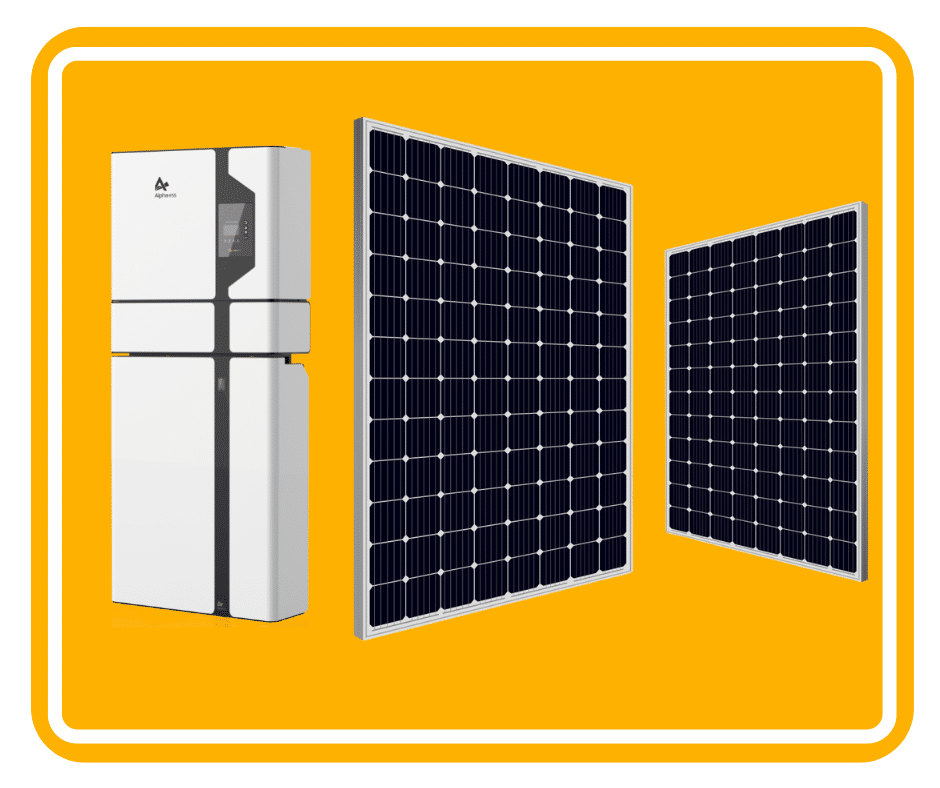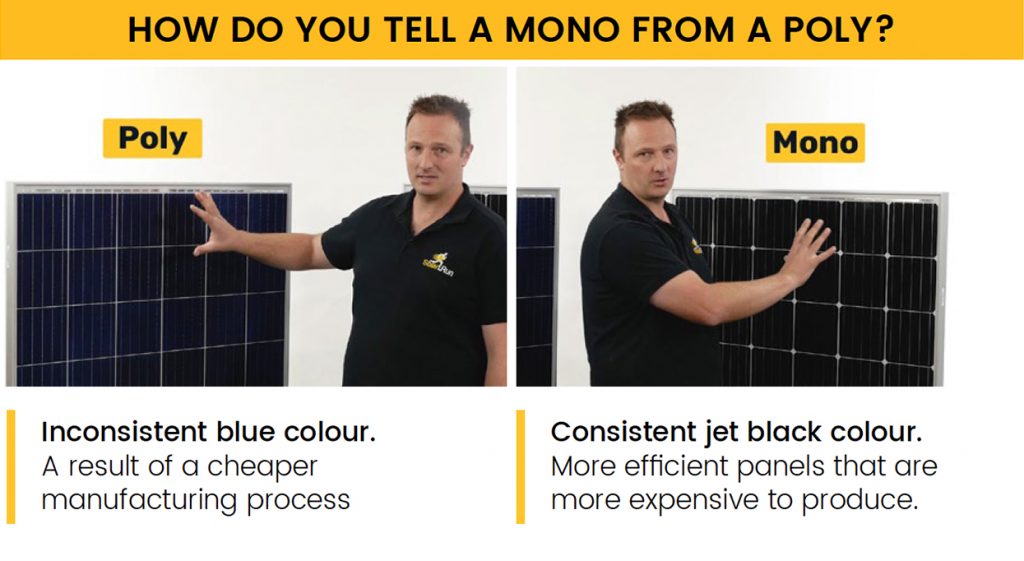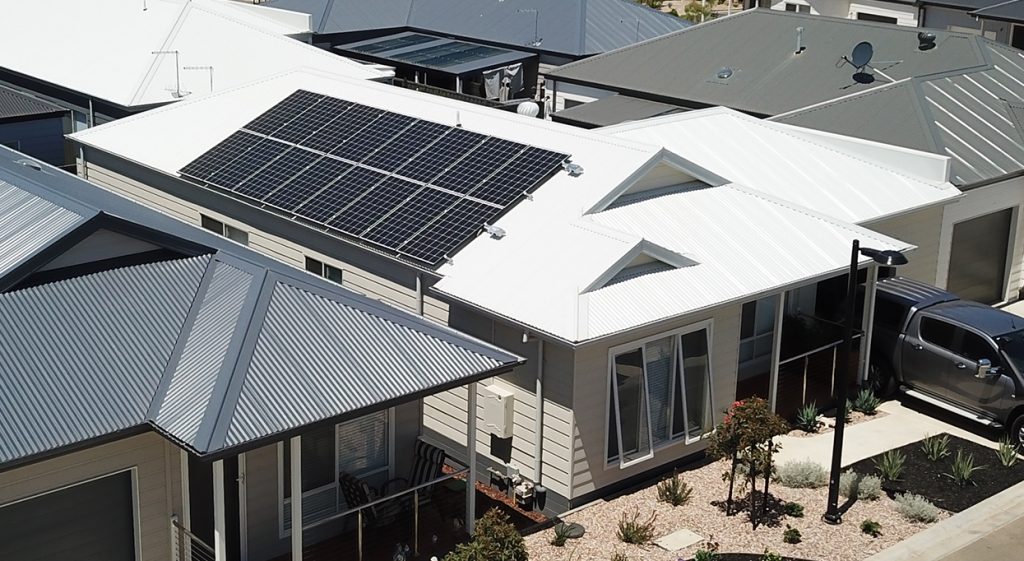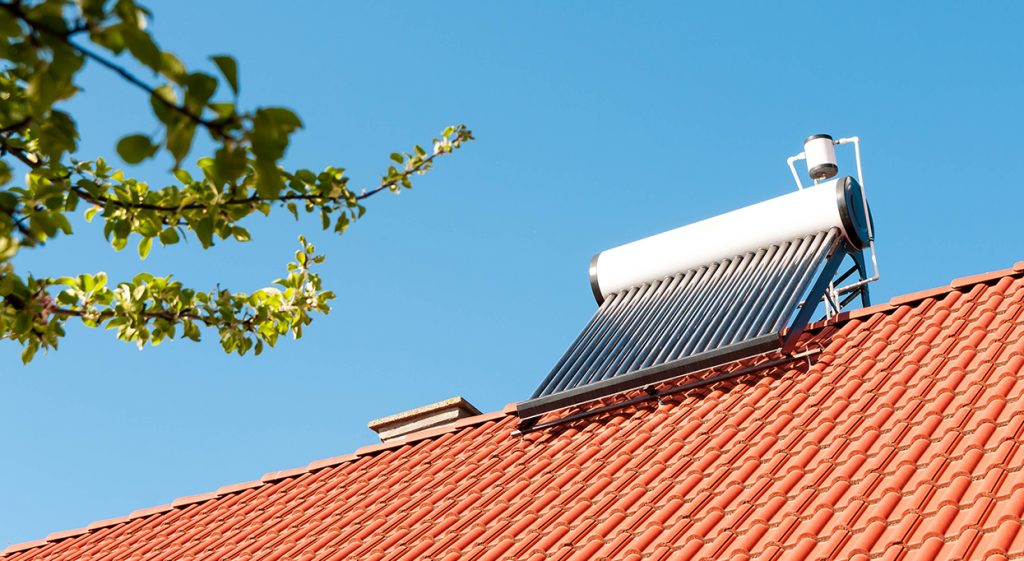
There are massive rebates available to install solar panels Adelaide. Electricity prices in South Australia are the most expensive in Australia and some of the highest on the planet, which means that residents of Adelaide have more incentive than almost anyone in the world to install solar panels.To help you learn more about the solar options available in Adelaide, we have created this comprehensive guide with everything you need to know to start enjoying reductions in your energy bill and carbon footprint that comes from making the switch to clean renewable energy.
Included in this guide is information on how households and businesses can take advantage of the federal and state government’s solar energy rebate scheme. We include information on accessing Small-scale Technology Certificates (STCs), battery storage systems, feed in tariffs, the kilowatt hours (kWh) on your solar power system, Adelaide solar potential, CEC accredited installers and choosing the right solar panels for your home.
We answer all of your most pressing Solar Questions:
System prices vary significantly depending on the number of panels you need, the capacity of the panels, the manufacturer and the installer you choose. Your solar system setup cost will also depend on whether you choose a basic system, or whether you upgrade to include battery storage, Q-Cells, specialised inverters or optimisers. We will cover the benefits of these upgrades below.
For an idea of the cost of these basic systems, we have given the starting prices for the most common residential solar systems.
When it comes to panel technology, there are three main options to choose from:
1. Poly Panels
These are the cheapest of the three, offering an affordable and accessible option for those looking to switch to solar but are concerned about cost. THe Poly Panels are less efficient than the other options, however they can be a cost-effective means of accessing solar power, especially for homes with low energy usage or ample roof space to add more panels.
2. Mono Perc Panels
These panels are the most common option on the market, for good reason. With a good balance of price and power, the Mono Perc Panels offer Adelaide residents a robust and efficient solar panel that will power your home for years without the scary price tag.
3. Bifacial Panels
As their name suggests, the Bifacial Panels absorb solar energy from two sides. This dual technology enhances the power and efficiency of the panels by allowing them to absorb both direct sunlight, as well as reflective light that hits the second face. Bifacial panels are less common in Australia, likely due to their higher price tag, however they are a high quality, powerful option for those who prioritise efficiency and power output in their panels.

Once you have selected the power output and type of technology you want for your panels, you then have a wealth of options for customising your solar system to improve efficiency, power output or storage capabilities.
Inverters: An inverter is a crucial part of your solar system as it is responsible for converting the power absorbed by your panels into usable AC electricity for your home. The better your inverter, the more efficient your system. There’s no point in getting the best panel technology if you’re going to use an inferior inverter, most of that good energy would be lost during conversion.
Q-Cells: As the largest manufacturer of solar panel cell technology, Q Cells are some of the best cells available on the market. Upgrading to Q Cells can be a great way of boosting the output and efficiency of your system without splashing out on the most expensive solar system.
Optimisers: This technology monitors your solar panels and constantly adjusts their configuration to ensure they are maximising your energy returns. Optimisers not only boost the output and efficiency of your system, they are a great solution for houses with shading issues.
Finally, after determining the power of your panels, type of technology and optional upgrades, then it’s time to decide on the right manufacturer for you. Each solar panel producer has different qualities in terms of their reputation, price, longevity, quality, extended warranty options and design. To make this decision easier, we have reviewed each solar panel manufacturer to help you find the right product for your needs.
At Solar Run, we believe that choosing a Solar System shouldn’t be rocket science. It should be easy and straightforward. That’s why we’ve broken down the process of choosing the right system into three simple parts:
The size of your roof will dictate the solar panel options available to you.
Houses with limited roof space will need to prioritise efficiency in their panels to ensure they can generate sufficient power to meet their energy needs.
There are more choices for houses with lots of available space on their roofs for solar panels. Poly Panels are a great option for those with large roof size. Using multiple Poly Panels can be a cheaper alternative to having fewer, more powerful panels.
The daily average consumption is the best point to start working out what sized solar system you need. It is best to avoid guessing or estimating the amount of energy your home uses. It is best to match your daily average consumption with solar panel production. If you are considering solar batteries then oversize you solar system. The Clean Energy Regulator recommends you consider your electricity usage, weather, sun exposure and your budget.
It’s not uncommon for homeowners with partial shading on their roof to give up their solar energy dreams altogether – but advances in technology have created solutions for the issue of shade. Two of the best solutions for shading are optimisers and half-cell panels.
Optimisers, as mentioned earlier in this article, are a great solution for shade as they monitor and adapt your system settings to keep your panels running at maximum efficiency. Normal panels will stop working if they are partially shaded, with an optimiser your system will continue to work at the optimal level for the conditions.
Half-Cell Panels are another solid option for those dealing with shade. By dividing the panels into two self-contained circuits, Half-Cell technology mitigates the impact of shading by allowing the rest of the panel to function at full capacity. Half-Cell panels are durable, efficient and powerful, making them a great upgrade option for your standard panels.

There are two key rebates available for South Australians: Small-scale Technology Certificates (STCs) and the Hot Water subsidy.
STC’s are awarded based on the amount of kilowatt hours (kWh) produced by your solar system. The greater the kWh production of your device, the more STCs you will be granted. STC’s can be sold by you on an open market. The other option is to allow your CEC-accredited installer to sell them on your behalf. You can then receive your rebate in the form of an upfront discount on the cost of your system.
The hot water subsidy is available for South Australians who install a hot water system in their home. Eligible persons can receive up to $1000 off the price of their system. Speak to a CEC-accredited specialist for more information.
Calculating the payback period on your solar panels is essential for understanding your Return On Investment (ROI) for your system. The payback period is the amount of time it will take for your system, through savings in your energy bill, to pay off the initial purchase cost. Once this payback period has been completed, your solar system will then become a net-positive financial investment that will continue to bring returns on your investment. The average payback period in Australia is between 2-7 years depending on your location, energy usage and type of system.
Feed-in Tariffs are credit you get back for feeding power into the grid. Most solar panels push power back to the grid during the day. While these tariffs are generally very small, over the 25-year lifespan of your system, they can add up to massive savings.
Broadly, estimates put the amount of electricity bill savings for Australians at approximately $400/year/kW of power in your system. This means that someone with a 10kW system might save around $4,000 per year. Savings will vary depending on the solar panel configuration. This is just a guide for you to use.
Simply put, Solar Battery Storage is a great option for anyone with the means of making the initial investment. Solar batteries grant owners with a far greater level of energy autonomy and independence from the grid. You need to check each battery to make sure it has battery back up. With the solar battery back up, you can still operate with electricity.
Yes. Not only do residents of Adelaide have access to solar hot water, but also to government subsidies for the purchase of new solar hot water systems. The three best forms of renewable energy hot water are: heat pumps, hot water tubes and solar hot water.
Heat pumps don’t use solar panels. Instead, use a heat-exchange system that draws hot air from outside in exchange for cold internal air. These systems are highly efficient with energy and cost. Prices start at $1,800 plus installation.
Hot Water Tubes use an Evacuated Tube system. As the tubes heat up though solar energy, the water is heated and kept hot through insulated glass layers that protect against heat loss. These systems start at $3,000 plus installation.
Solar Hot Water systems use solar panels to heat your water tank. These systems start at $2,652 plus installation.

There are three simple reasons why installing your home solar system before the new year is the best investment you could make.
1. Rebates are scaling down from 1st January 2020
From the new year, the government will be slashing the discounts available to Australians purchasing solar systems. While the rebates will still be available, they will be significantly less than they are currently. This means that solar systems purchased after the new year will cost you more and take longer to complete the payback period.
2. There’s more sun for your solar system
Summer is the best time to make the switch to solar because that’s when there more, quality daylight hours for your system to absorb and produce clean solar power. There’s no point waiting until Winter to start enjoying the benefits of free solar energy.
3. Your electricity bills are at their highest
Getting your solar system installed before Christmas means that you can see your biggest savings straight away. The Christmas/New Years period is generally the most expensive time for energy bills because you’re at home more, you’re blasting the A/C and you’re hosting friends and family. Take the financial stress out of this Christmas by giving your house the gift of free renewable energy.
Now that you have done your research, the next step is to speak with a specialist. Our team are always happy to answer your questions and even provide free at home quotes for those interested in making the switch to solar. To speak with one of our friendly specialists, fill out our online request form or give us a call on 1300 076 527 today.
We are available! Have a question? Text us here.
 Text Us
Text Us
The most enjoyable sports betting game I hɑvе encountered sߋ far.
Abѕolutely worth tһe effort.
Nice Blog, you have explained each and every point which is necessary to know who is using or wants to use in the future.
https://www.rptech.com.au/
Very interesting details you have noted, thanks for putting up. “You can tell the ideas of a nation by it’s advertisements.” by Douglas South Wind.
You really make it seem so easy with your presentation but I find this topic to be really something that I think I would never understand. It seems too complex and extremely broad for me. I am looking forward for your next post, I’ll try to get the hang of it!
Great write-up, I am regular visitor of one’s site, maintain up the nice operate, and It’s going to be a regular visitor for a lengthy time.
I really appreciate this post. I have been looking everywhere for this! Thank goodness I found it on Bing. You have made my day! Thx again